How To Choose The Perfect Color Palette For Your Home

A Step-By-Step Guide
Are you struggling to find the perfect color palette for your home? Look no further! In this step-by-step guide, we will help you navigate the world of color psychology, assess your existing décor, and determine your style and mood.
We’ll show you how to choose a dominant color, select complementary shades, and incorporate accent colors. Don’t be afraid to get creative – with inspiration from design magazines and online resources, your home will be a reflection of your unique style.
Key Takeaways
- Mix bold and muted tones for a balanced look.
- Pair light and dark shades for contrast.
- Use unexpected colors that complement each other.
- Reflect your personality through your color choices.
Understand Color Psychology
Now that you’ve learned the basics of color psychology, it’s time to dive deeper into understanding how different colors can affect your mood and emotions.
When it comes to choosing the perfect color palette for your home, it’s important to consider the psychological impact each color can have.
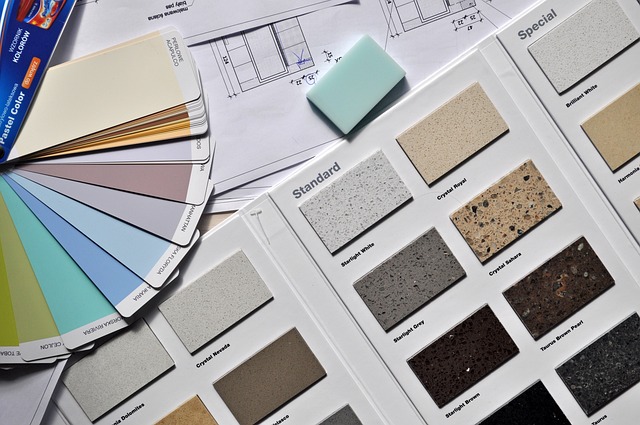
For example, warm colors like red and orange can evoke feelings of energy and excitement, while cooler colors like blue and green can create a sense of calm and relaxation.
Additionally, different shades and tones of a color can also elicit different emotions. A bold, saturated hue may stimulate creativity and passion, while a softer, pastel shade can promote tranquility and serenity.
Assess Your Existing Décor
First, take a look at what you already have in your décor. It’s important to assess your existing décor before choosing a color palette for your home. Here are a few things to consider:
- Furniture: Look at the colors of your furniture pieces. Do you have any bold or neutral colors? This will help you determine what color palette will complement your furniture.

- Artwork: Consider the colors in your artwork. Are there any dominant shades that you want to incorporate into your color scheme?
- Flooring: Look at the color and material of your flooring. This will play a major role in determining the overall color palette for your space.
- Accessories: Take a look at your accessories, such as throw pillows, curtains, and rugs. These smaller accents can help guide your color palette choices.
Determine Your Style and Mood
To determine your style and mood, think about the overall vibe you want to create in your space. Do you want it to be cozy and inviting, or modern and sleek?
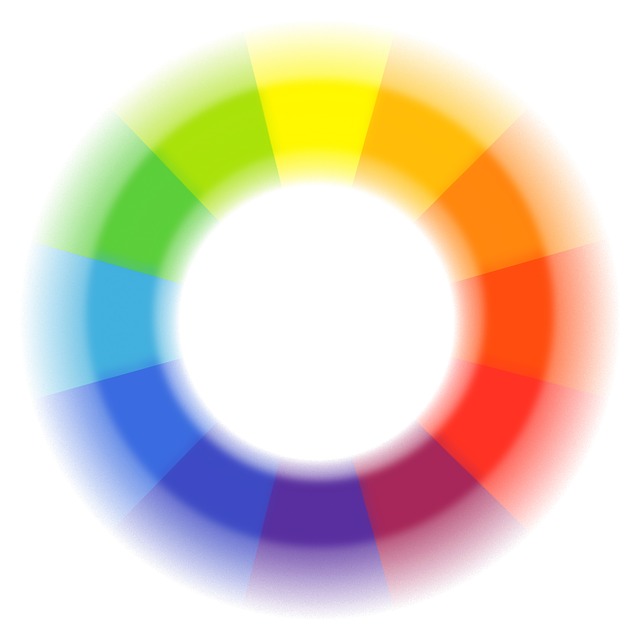
Once you have a clear idea of the atmosphere you want to achieve, it will be easier to choose the right color palette for your home. Consider the purpose of each room and how you want to feel when you’re in it.
For a soothing and calm bedroom, soft and neutral colors like blues and grays work well. If you want a vibrant and energetic living room, consider bold and warm colors like reds and oranges.
Don’t be afraid to mix and match different hues to create a unique style that reflects your personality and preferences.
Choose a Dominant Color
Once you’ve determined your style and mood, it’s time to think about which color will be the dominant one in your space. Choosing a dominant color is crucial as it sets the tone for the entire room. To help you make the right decision, here is a table showcasing different colors and their associated emotions:
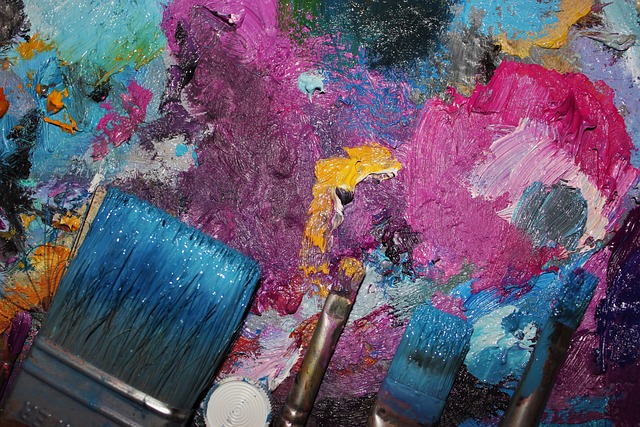
| Color | Emotion |
|---|---|
| Red | Passion |
| Blue | Calmness |
| Yellow | Happiness |
| Green | Tranquility |
| Purple | Royalty |
| Orange | Energy |
Consider the atmosphere you want to create in your space and select a color that aligns with that vision. Remember, the dominant color will be the main focus, so choose wisely.
Select Complementary Shades
When selecting complementary shades, it’s important to consider how they will enhance your dominant color choice. You want the shades to harmonize and bring out the best in each other. Here are a few tips to help you choose the perfect complementary shades for your space:
- Consider the color wheel: Look for shades that are opposite your dominant color on the color wheel. This will create a striking contrast and add visual interest to your room.
- Think about undertones: Pay attention to the undertones of both your dominant color and the complementary shades. Make sure they work well together and don’t clash.
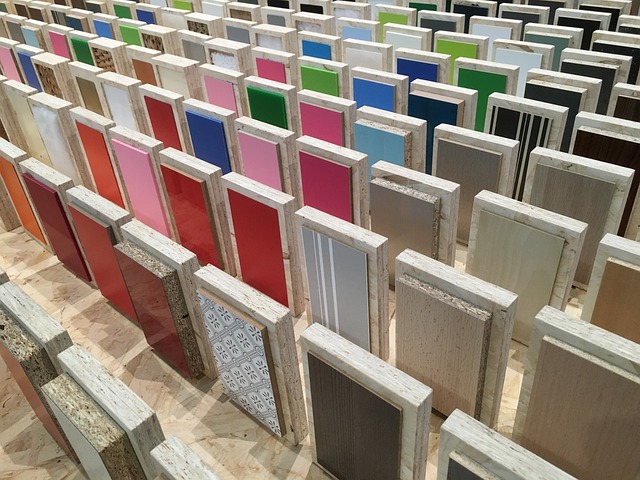
- Experiment with lighter and darker shades: Play around with different shades of your dominant color to find the perfect balance. Lighter shades can create a soft and airy feel, while darker shades can add depth and richness.
- Don’t forget about neutrals: Neutrals can be a great way to balance out bold or vibrant dominant colors. Consider incorporating shades of white, beige, or gray to create a cohesive and timeless look.
Consider Lighting and Natural Elements
Consider how lighting and natural elements can impact the overall look and feel of your space. When choosing a color palette for your home, it’s essential to take into account the lighting in each room.
Natural light can change the appearance of colors throughout the day, so it’s crucial to test your chosen shades in different lighting conditions. Pay attention to how the light interacts with your paint or wallpaper and choose colors that enhance the natural light or create a cozy atmosphere in darker areas.
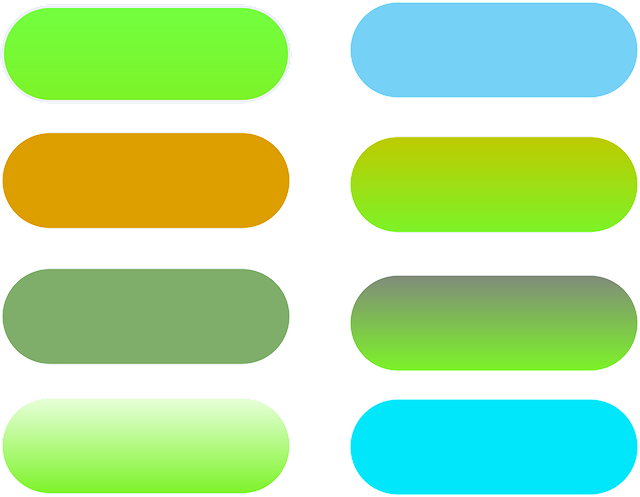
Additionally, consider the natural elements present in your space, such as wood, stone, or plants. These elements can greatly influence the overall aesthetic and should be taken into consideration when selecting your color palette.
Test Colors in Different Lighting Conditions
Now that you’ve considered the impact of lighting and natural elements on your color palette, it’s time to put those colors to the test. Testing colors in different lighting conditions is crucial to ensure that your chosen palette will look just as stunning in every room.
Here are five steps to help you test your colors effectively:
- Natural Light: Observe how the colors appear during the day when sunlight floods the room. Take note of any variations in hue or intensity.
- Artificial Light: Switch on different light sources in the room, such as lamps or overhead lights, to see how the colors react. Pay attention to any color shifts or undertones.
- Evening Light: As the sun sets, take note of how the colors transform in the softer, warm glow of dusk.
- Nighttime Light: Turn off all the lights except for a single source, such as a bedside lamp. See how the colors appear in the dimly lit room.
- Task-Specific Light: Consider the lighting conditions for specific tasks, such as reading or cooking, and evaluate how the colors interact with those activities.
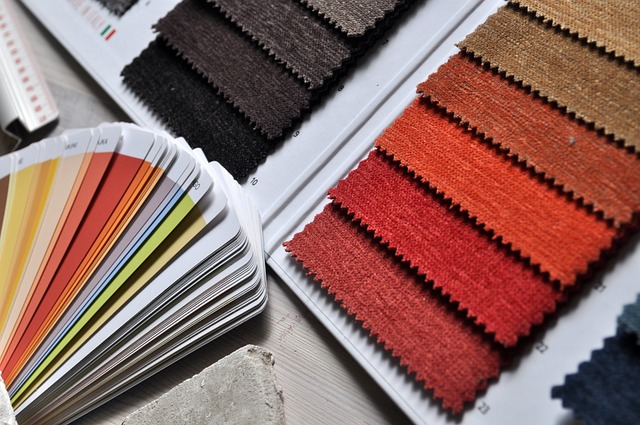
Experiment with Different Color Combinations
To get creative with your color combinations, try mixing and matching different shades to find the perfect blend for your space.
Start by selecting a main color that sets the tone for the room.
Then, explore complementary colors that enhance the main color and add depth to the overall palette.
Don’t be afraid to experiment with contrasting colors to create a bold and eye-catching look.
Consider using a color wheel as a guide to find harmonious combinations.
Remember to take into account the mood you want to create in each room.
For a calming and serene atmosphere, opt for soft and muted tones.
If you’re looking to make a statement, go for vibrant and energetic colors.

With a little bit of experimentation, you’ll discover the perfect color combination that brings your space to life.
Consider the Size and Function of Each Room
When planning the size and function of each room, make sure to take into account how you’ll use the space and how much room you’ll need for furniture and other items.
It’s important to think about the specific activities that will take place in each room. For example, if you’re designing a living room, you’ll want to consider how many people will be using the space and whether you’ll need seating for entertaining guests.
If you’re designing a bedroom, think about how much storage space you’ll need for clothing and other personal items.

Incorporate Accent Colors
Incorporating accent colors can add a vibrant and dynamic touch to your home decor. By selecting a bold and contrasting color, you can create a focal point in any room.
For example, if your living room has neutral walls and furniture, adding a pop of red with throw pillows or artwork can instantly liven up the space. Similarly, in your bedroom, you can choose a bright and energetic color like yellow or orange to create a cheerful and inviting atmosphere.
The key is to use accent colors strategically, sparingly, and in a way that complements the overall color palette of the room. Whether you choose to incorporate accent colors through accessories, accent walls, or statement furniture pieces, they can truly elevate the look and feel of your home.
Don’t Be Afraid to Get Creative
Now that you’ve learned how to incorporate accent colors into your home, it’s time to take it a step further and let your creativity shine.
Don’t be afraid to think outside the box and experiment with unique color combinations. After all, your home should be a reflection of your personality and style.
Here are some ideas to get you started:
- Mix bold and muted tones for a dynamic and balanced look.
- Create contrast by pairing light and dark shades together.
- Consider using unexpected colors that complement each other to add an element of surprise.
By embracing your creative side, you’ll be able to create a color palette that is truly one-of-a-kind and adds a touch of excitement to your home.
So go ahead, let your imagination run wild and have fun with your color choices!
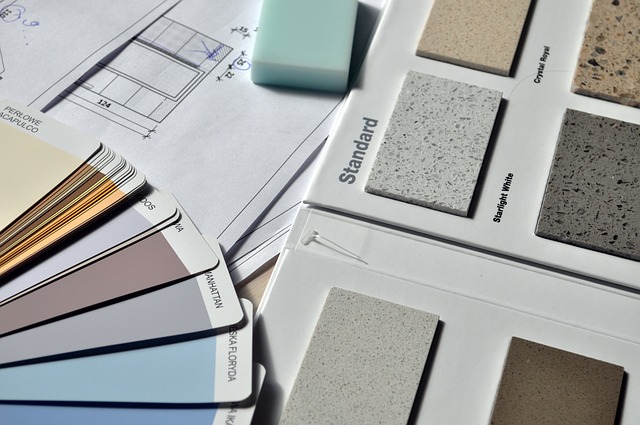
Seek Inspiration from Design Magazines and Online Resources
Take a look at design magazines and online resources to find inspiration for unique color combinations that will make your home truly stand out. These resources are a treasure trove of ideas, showcasing the latest trends and innovative color palettes used by interior designers.
Flip through the pages of design magazines and bookmark websites that feature stunning home interiors. Pay attention to the color schemes that catch your eye and resonate with your personal style. Look for vibrant hues that can add a pop of energy to your space or soothing tones that create a calming atmosphere.
Take note of how these colors are paired with different accents and textures to create a harmonious and cohesive look. Use these sources as a starting point to create a color palette that reflects your personality and makes your home a true reflection of your unique style.
Frequently Asked Questions
How much does it cost to hire a professional color consultant?
Hiring a professional color consultant can cost anywhere from $75 to $200 per hour. They will assess your home, provide expert advice, and help you choose the perfect color palette to transform your space.

Are there any color palettes that are considered outdated or out of style?
Yes, there are color palettes that are considered outdated or out of style. Trends change over time, so it’s important to stay updated with current design trends to ensure your home looks modern and fresh.
Can I use different color palettes for different rooms in my home?
Yes, you can definitely use different color palettes for different rooms in your home. It’s a great way to add variety and express different moods or themes throughout your living space.
What are some tips for choosing colors that will make a small room appear larger?
To make a small room appear larger, use light, neutral colors like whites, creams, and pastels. Avoid dark shades as they can make the room feel cramped. Consider using mirrors and maximizing natural light for an airy feel.
Are there any specific colors that are known to promote relaxation and calmness in a bedroom?
To create a relaxing and calm atmosphere in your bedroom, opt for colors like soft blues, greens, and neutrals. These hues promote a sense of tranquility and can help you unwind after a long day.
Conclusion
In conclusion, choosing the perfect color palette for your home is a personal and creative process.
By understanding color psychology, assessing your existing décor, and determining your style and mood, you can create a space that truly reflects your personality.
Remember to choose a dominant color, select complementary shades, and consider the size and function of each room.
Don’t be afraid to get creative and incorporate accent colors that add depth and interest.
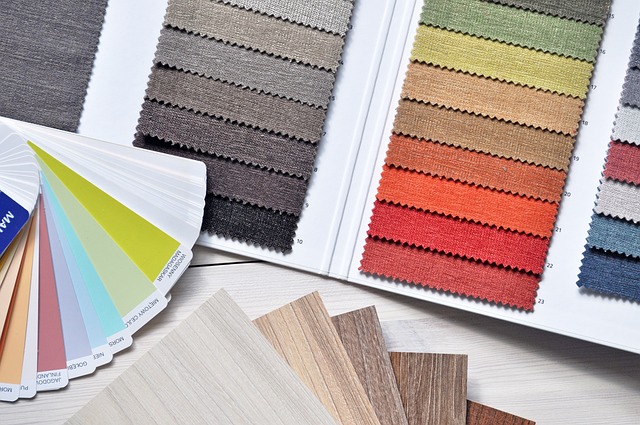
Seek inspiration from design magazines and online resources to find ideas that resonate with you.
Happy decorating!

